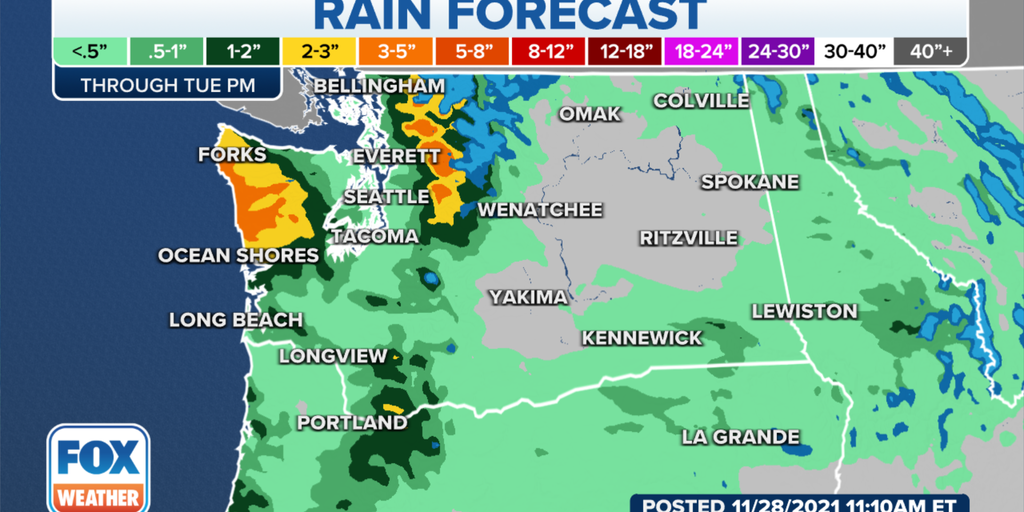

Personalize learning with MasteringMeteorology. The Thirteenth Edition nowincorporates a new active-learning approach, integrated mobile media, and MasteringMeteorology, the most complete, easy-to-use, engaging tutorial and assessment tool available.This edition also extends its coverage of global climate change with dedicated climate change features in each chapter, coverage of the IPCC 5 th Assessment report, and an inquiry-based approach in updated Student Sometimes Ask features with interesting facts that strengthen the connection between students and the content. This revision retains the hallmark features professors have come to expect from Tarbuck and Lutgens: a friendly, largely non-technical narrative, timely coverage of recent atmospheric events, and carefully crafted artwork by leading science illustrator Dennis Tasa. The Atmosphere: An Introduction to Meteorologyremains the definitive introductory meteorology text, reinforcing basic concepts with everyday, easy-to-grasp examples. Providing the perfect storm of rich media and active learning tools. This package includes MasteringMeteorology ™. Basic Courses for Non-Science and Science Majors >Ītmosphere, The: An Introduction to Meteorology, 13th Edition.Career Readiness & Employability Skills.Pearson author roundtable on digital learning.MyLab IT: preparing students for certification.Engaging students with interactive figures.Co-requisite/Accelerated Learning Model.Choosing the Right Solutions for Your Redesign.Teacher Education & Helping Professions.Engineering, Computer Science & Programming.Using a Team-Based Approach to Learning.Downloading and using instructor resources.
Digital atmosphere from weather graphics download#


The photo was taken from a viewpoint that was at an angle from the vertical, rather than looking straight down towards the Earth’s surface.

The cloud tops flatten and spread into an anvil shape, as illustrated by this astronaut photograph. The tropopause halts further upward motion of the cloud mass. Beyond the tropopause, the air no longer gets colder as altitude increases. The tropopause is characterized by a strong temperature inversion. If enough moisture is present to condense and heat the cloud mass through several convective cycles, a tower can rise to altitudes of approximately 10 kilometers at high latitudes and to 20 kilometers in the tropics before encountering a region of the atmosphere known as the tropopause-the boundary between the troposphere and the stratosphere. This leads to the characteristic vertical “towers” associated with cumulonimbus clouds, an excellent example of which is visible in this astronaut photograph. This type of convection is common in tropical latitudes year-round and during the summer season at higher latitudes.Īs water in the rising air mass condenses and changes from a gas to a liquid state, it releases energy to its surroundings, further heating the surrounding air and leading to more convection and rising of the cloud mass to higher altitudes. The air mass itself also expands and cools as it rises due to decreasing atmospheric pressure, a process known as adiabatic cooling. Surface air is warmed by the sun-heated ground surface and rises if sufficient atmospheric moisture is present, water droplets will condense as the air mass encounters cooler air at higher altitudes. Perhaps the most impressive of cloud formations, cumulonimbus (from the Latin for “pile” and “rain cloud”) clouds form due to vigorous convection (rising and overturning) of warm, moist and unstable air.


 0 kommentar(er)
0 kommentar(er)
